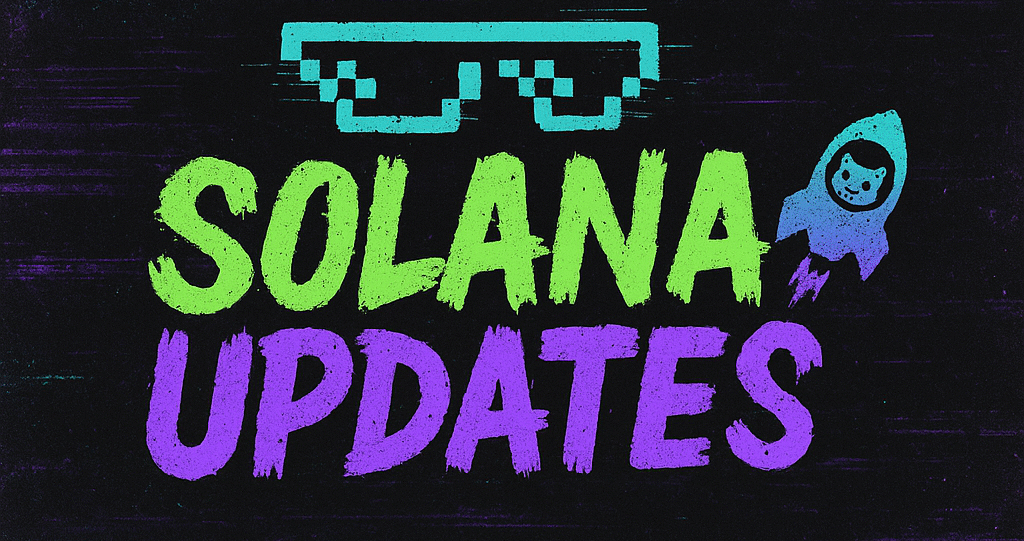The Shifting Dynamics of Layer 1: Corporate Chains vs. Permissionless Protocols
The landscape of blockchain technology is undergoing a seismic shift, particularly at the Layer 1 (L1) level, where the foundational protocols of blockchain networks reside. As blockchain continues to mature, this foundational layer has become increasingly competitive. A significant factor driving this competition is the emergence of corporate entities developing their own custom blockchains. This trend has led to an uneven playing field between these regulated, private corporate chains and the open, permissionless protocols that have traditionally dominated the space.
The Rise of Corporate Blockchains
In recent years, major corporations have entered the blockchain arena, recognizing both the potential and the necessity of adopting this transformative technology. By building custom L1 blockchains, companies are able to tailor their networks to meet specific business needs, such as increased transaction speeds, enhanced privacy, and regulatory compliance. These corporate blockchains are often permissioned, meaning that only authorized parties can participate in the network, which contrasts with the decentralized ethos of public, permissionless blockchains like Ethereum or Solana.
For instance, financial institutions have been at the forefront of this movement. They leverage blockchain to create efficient, secure transaction systems that comply with financial regulations. Meanwhile, companies in other sectors, such as supply chain management and healthcare, are also exploring how custom blockchains can streamline operations and enhance data security.
The Challenges for Permissionless Protocols
As corporate blockchains gain traction, the traditional, permissionless protocols face significant challenges. The resources and influence that large corporations bring to the table can overshadow smaller, decentralized projects. Corporate chains can offer stability and reliability that attract business users who prioritize compliance and security over decentralization.
However, permissionless blockchains continue to play a crucial role. They are essential for fostering innovation and ensuring that blockchain remains a tool for decentralization. Projects like Ethereum, Solana, and others have robust developer communities that are continuously pushing the boundaries of what is possible with blockchain technology. Despite the challenges, these projects are evolving, with updates and scaling solutions aimed at improving efficiency and usability.
The Future of L1 Blockchains
The future of blockchain technology at the L1 level is likely to be characterized by a hybrid approach. We may see a coexistence of corporate blockchains and permissionless networks, each serving different purposes and user bases. Corporate blockchains could dominate industries that require stringent compliance and control, while permissionless networks could thrive in areas that value openness and innovation.
Moreover, collaborations between corporate entities and permissionless protocols might emerge as a way to bridge the gap between these two worlds. By leveraging the strengths of both, it is possible to create systems that are both secure and innovative, enabling a broader range of applications and services.
Conclusion
The L1 battleground is indeed evolving, with new players and shifting dynamics that challenge the status quo. As the blockchain ecosystem continues to grow, understanding the implications of these changes is crucial for stakeholders across the industry. Whether through competition or collaboration, the interplay between corporate blockchains and permissionless protocols will shape the future of digital infrastructure.
🛒 Recommended Product: Check out top-rated crypto gear on Amazon


